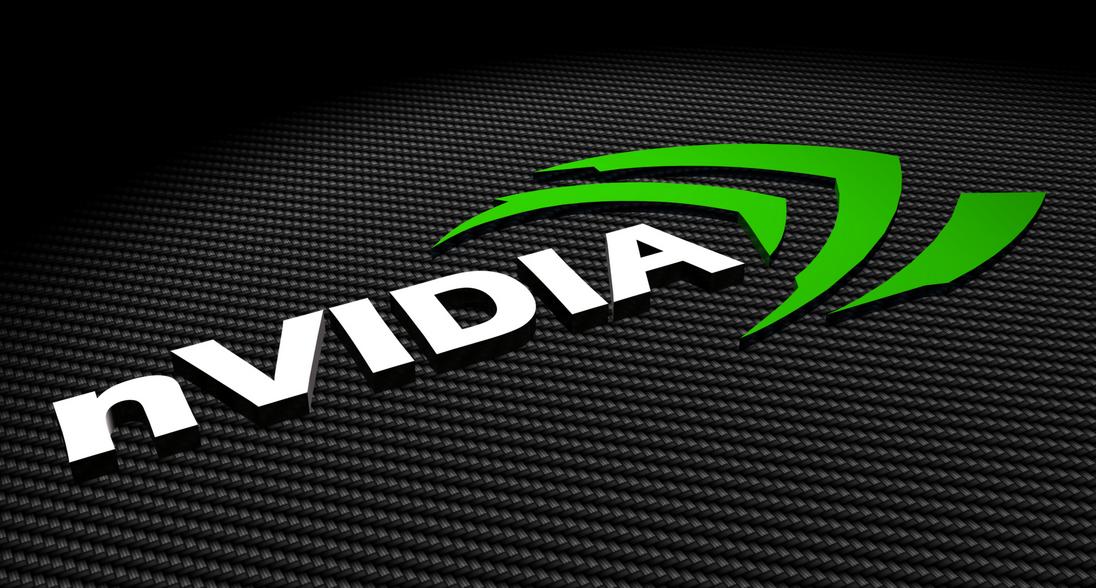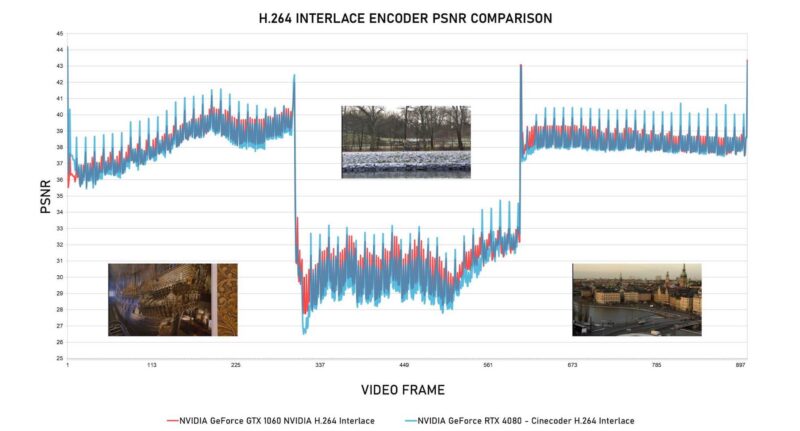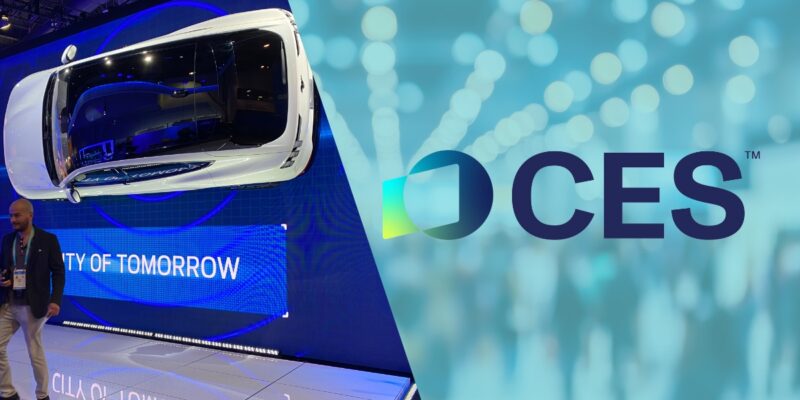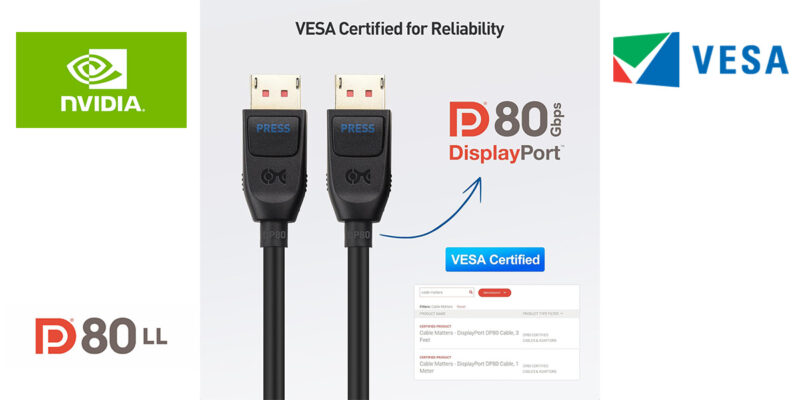Why Aren’t We Talking About NVIDIA?
I’m sure most of the people reading this have heard of NVIDIA, the company known for making amazing graphics cards and GPUs for PCs. If you’re a gamer, I’m sure you may have even pined over a GeForce or Quadro card to enhance your graphics performance or run multiple displays.
So with gaming being a peripheral industry to AV, and with gaming being more relevant to residential than commercial applications, why would I ask why we in commercial AV aren’t talking more about NVIDIA?

To start off, the tech world at large IS talking about NVIDIA lately… a lot! Specifically, NVIDIA Shield in all of its iterations and a new embeddable computer called the Jetson TX1.
On the surface the NVIDIA Shield is marketed as a personal entertainment and gaming device. It evokes the thought of similar products like Apple TV, iPad, and Amazon Fire TV. Again gaming and personal entertainment aren’t intuitively commercial AV, but we’ll get to that in a second.
The Jetson TX1’s most notable application to date is in Kespry drones outfitted with cameras. I have been skeptical of the relationship between drones in AV except in broadcast and or surveillance applications, and it is the latter that is important here. However many drones are outfitted with remote cameras and could be utilized for surveillance. What makes NVIDIA conversation worthy here?
Putting all the pieces together, I think NVIDIA has a major opportunity to invade and conquer several commercial AV segments yet no one else seems to be talking about it.
The NVIDIA Shield Android TV platform goes beyond the current capabilities of the other stream-box options on the market as it supports 4k at 60fps, 10 bit color, and HDR. Better color depth and HDR are features not supported by other platforms. It also supports ChromeCast, HDMI 2.0, and USB 3.0. Not to mention that their tablet has graphics performance capabilities that the competitors lack as well.
As for the Jetson TX1, of course the processing capabilities and amazingly small form factor are impressive. But the more interesting features are the ability to encode/decode 4k video and the ability to interface with cameras up to 1400 Mpix/s. These features allow the Jetson TX1 to offer deep learning and computer vision capabilities as well as navigation. NVIDIA shares that the applications for this can include “drones that fly autonomously; compact security surveillance systems that don’t just scan crowds but identify suspicious activity; and robots that can tailor tasks to individuals’ habits.”
Those are definitely intriguing, but I am seeing/sensing that something much more is potentially at hand here.
Think about the AV system of tomorrow. An integrated network of displays and personal devices with embedded computers capable of receiving wireless signals from personal devices, of being interconnected across a network, capable of 4k resolutions, supporting higher bit depths and HDR for more realistic content, and integrated with cameras capable of 4k and beyond for automation, data collection, and collaboration. Add in the ability to run multiple feeds on one screen or on a video wall in high resolution as well as USB 3.0 capabilities for advanced interactive I/O devices and things go up another notch.
Now you may be thinking you can potentially get close to all this capability in the AV world today with an array of black boxes, but part of the beauty here is the ability to embed these into displays and personal devices.
Finally, the deep learning and computer vision capabilities are awesome for surveillance drones and robots as stated above, but they are extremely relevant to commercial AV in another way altogether. The UX. The ability of the NVIDIA GPU to assess computer vision data in real time coupled with deep learning AI means that it may just be poised to deliver a highly customized and ever evolving UX that can adapt to whoever is controlling it at the time. I’m pretty sure that NVIDIA also has relationships in the content creation arena that could really bring a new feel and flare to any GUI that may be associated with this experience as well.
NVIDIA is uniquely poised to make a play at several commercial AV segments.
- Wireless Content Sharing
- Tablets
- Video Wall and Multi Window Screen Servers
- Smart Surveillance Cameras
- Video Scalers and Encoders
- Video Conferencing Interfaces
- Embedded GPUs for commercial displays
- Computer Vision for Data Analytics
- Deep Learning for UX applications as well as data analytics for retail and building automation
If I were NVIDIA, I’d sure be looking at these opportunities. The question is are they?
Just something to ponder. I’d love to hear your thoughts below.





